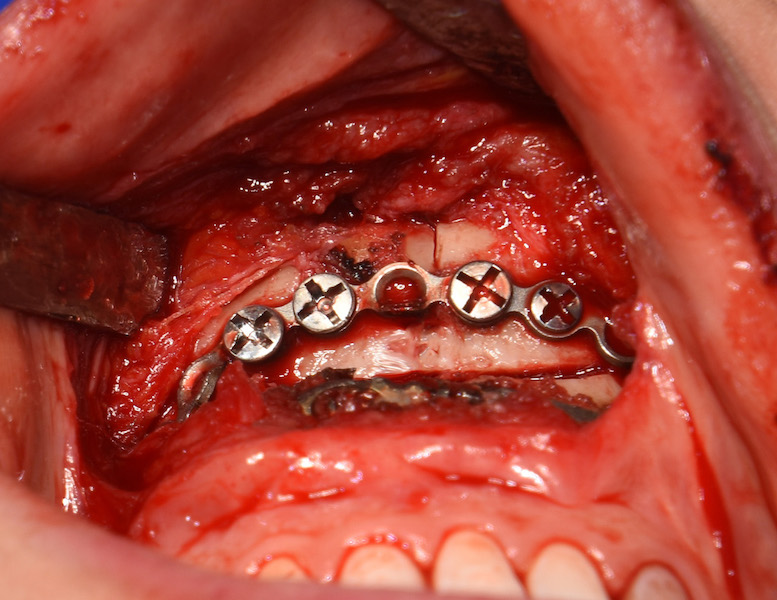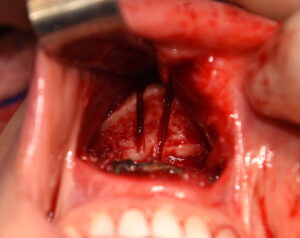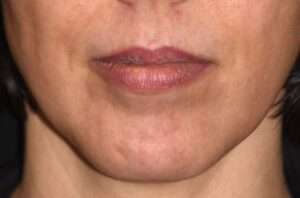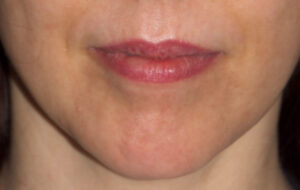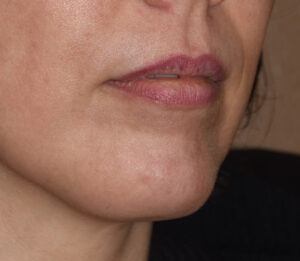Background: While the shape of the chin is definitely influenced by the overlying soft tissue its form can only be significantly changed by altering the bone. While implants have a well defined role in augmentative effects, reducing any of the chin’s dimensions requires altering the bone. Historically the most common bone altering procedure is the sliding genioplasty which is typically used to increase the horizontal projection of the chin.
But on a global basis today the most commonly performed chin bone procedure is the t-shaped genioplasty or mini V line surgery. While it is still less commonly recognized in the Western world, it is well known in the Eastern world which by sheer population numbers it is a common lower facial reshaping surgery. It is called mini V line surgery because it is the front end of V line surgery which involves the chin.
By performing a horizontal osteotomy and a midline bone resection of the downfractured bone, three chin segments are created, When put back together they can vertically shorten the chin if desired as well as narrow it. While these geometric chin pieces come together like a puzzle and are secured there with plates and screws it is important to remember how that affects the smoothness of the inferolateral borders of the chin. (along its bottom edge)
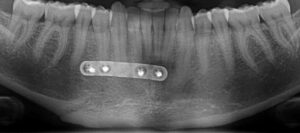
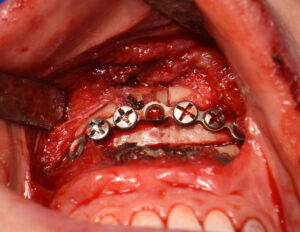
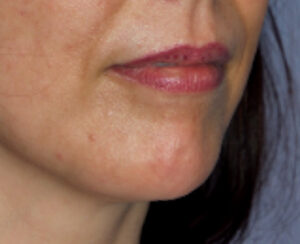
Case Highlights:
1) One form of chin reshaping is an intraoral osteotomy type often called mini V line surgery.
2) Such mini V line surgery reshapes the chin bone by internal bone cuts and removal, typically to narrow as well as to shorten/lengthen and/or increase its horizontal projection.
3) The external chin shape achieved is a function how the bone cuts/edges heal as well as how the overlying soft tissue responds to a reduction in its underlying hard tissue support.
Dr. Barry Eppley
Indianapolis, Indiana

